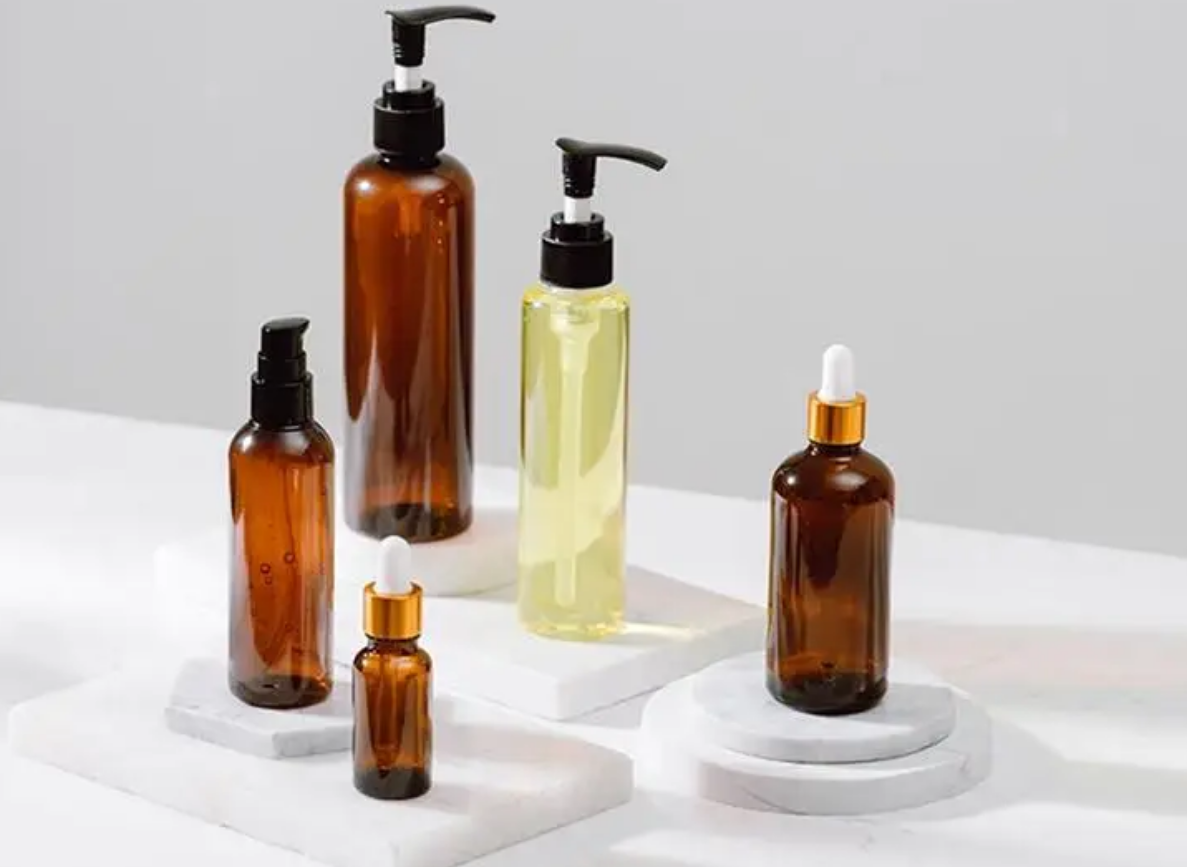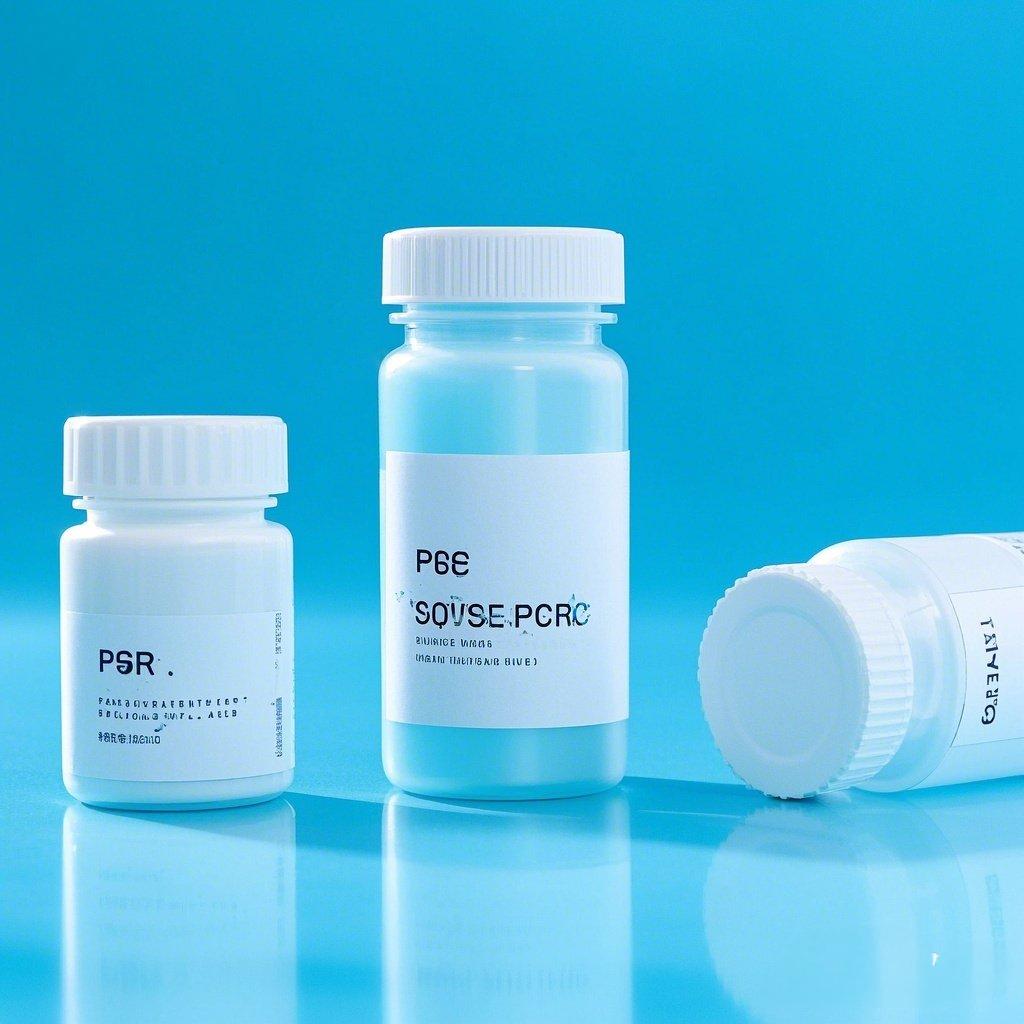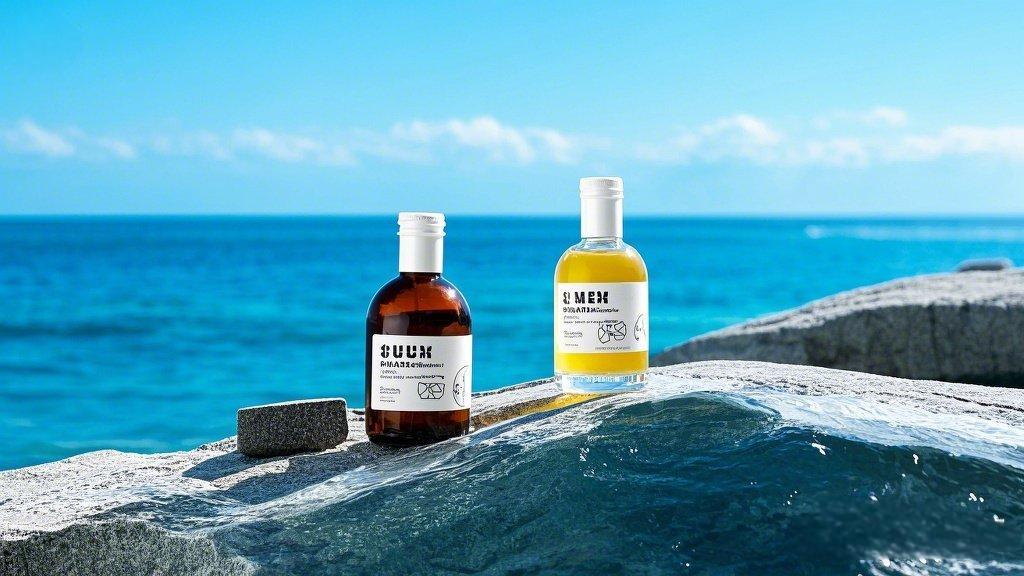Introduction
In today’s highly competitive beauty industry, cosmetic packaging is no longer just a protective shell—it’s a strategic asset that shapes first impressions, brand loyalty, and even regulatory compliance. For procurement managers, brand founders, and B2B distributors, the right packaging can mean the difference between a product that flies off the shelves and one that languishes in obscurity. With consumer expectations evolving and sustainability becoming a non-negotiable, understanding the nuances of cosmetic packaging is essential for anyone looking to build a successful beauty brand.
In this comprehensive guide, we’ll explore 15 critical factors to consider when choosing cosmetic packaging. Drawing on the expertise of PauPack Bottles as a global OEM/ODM leader, we’ll provide practical insights and actionable tips to help you navigate the complex world of packaging design, materials, compliance, and supply chain logistics. Whether you’re launching a new skincare line or scaling up a legacy brand, these considerations will empower you to make informed decisions that drive growth and build lasting customer trust.
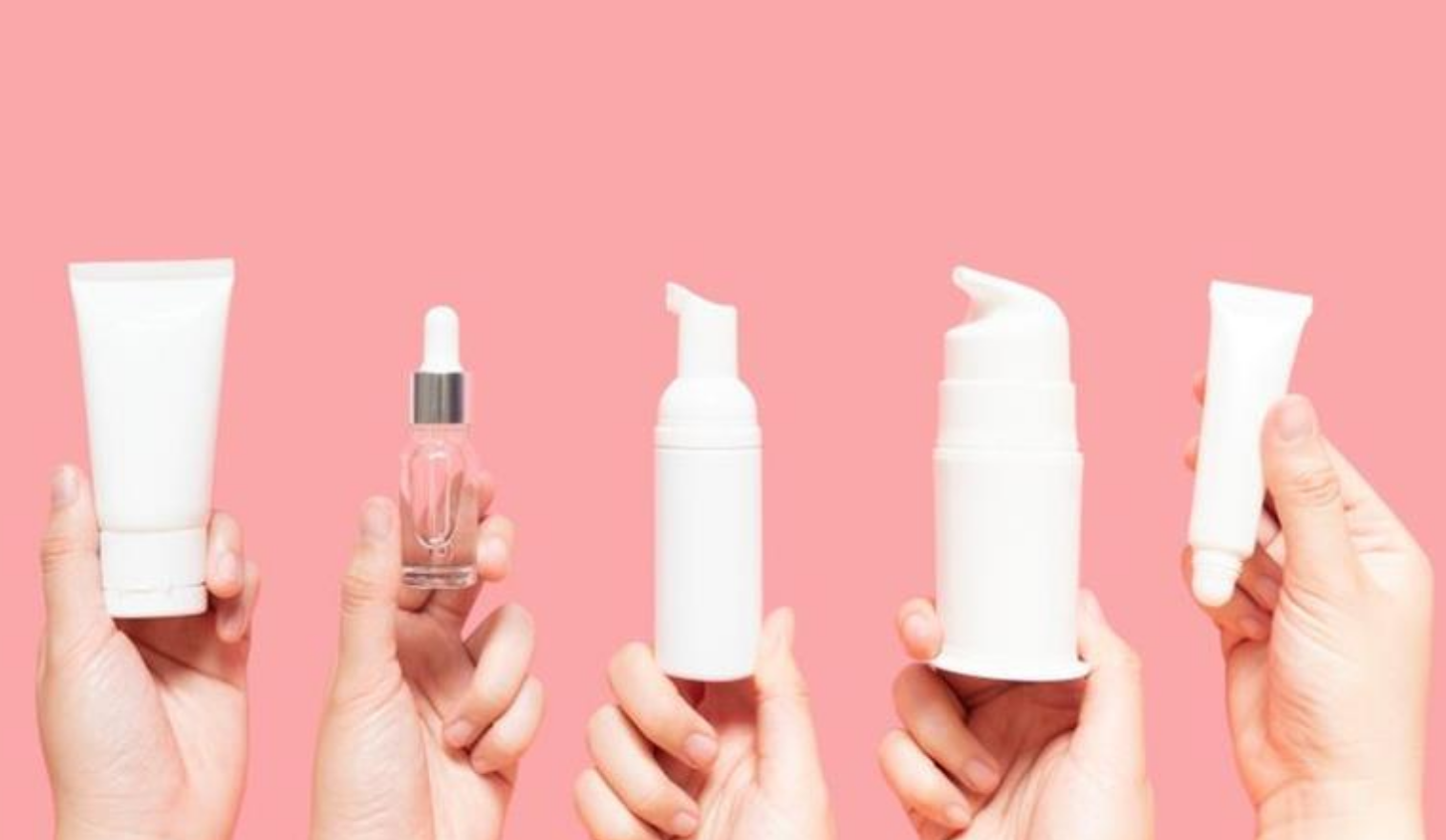
1.Brand Identity: Make Your Packaging a Signature Statement
Your packaging is often the first touchpoint between your brand and your customer. In fact, research shows that nearly 70% of purchasing decisions are influenced by packaging appearance. The color palette, typography, graphics, and even the tactile feel of your packaging all contribute to the story you’re telling.
To craft a memorable brand identity, start by defining your brand’s core values. Are you aiming for luxury and exclusivity, or do you want to convey playfulness and accessibility? Every design element—from metallic foils and embossed logos to minimalist lines and eco-friendly cues—should reinforce this positioning. Consistency across your product range is key; it builds recognition and trust, making your products instantly identifiable on crowded shelves.
For B2B buyers, aligning packaging with brand identity isn’t just about aesthetics. It’s about differentiation in a saturated market, creating an emotional connection with consumers, and ensuring that every product experience is unmistakably yours.
2.Understanding Your Target Customer
Great packaging starts with a deep understanding of your ideal customer. Are you targeting eco-conscious millennials, luxury skincare enthusiasts, or busy professionals seeking convenience? Each demographic has distinct preferences in terms of design, functionality, and sustainability.

Conduct market research to identify what resonates with your audience. Eco-friendly materials, bold colors, or minimalist aesthetics? Do they value refillable containers or single-use convenience? The answers will guide your choices in materials, shapes, and messaging.
Use language and visuals that speak directly to your audience. For example, a natural skincare line might use earthy tones, recycled paperboard, and botanical illustrations, while a high-tech serum could feature sleek glass bottles and metallic accents. The better you know your customer, the more effectively your packaging will convert interest into sales.
3.PauPack Bottles: Your Trusted OEM/ODM Partner for Cosmetic Packaging
At PauPack Bottles, we believe that packaging is more than a container—it’s a brand’s voice in the marketplace. As a leading pcr bottle manufacturer and pcr bottle supplier, we work closely with beauty brands, aromatherapy companies, and personal care innovators worldwide to deliver packaging solutions that are as functional as they are beautiful.
What sets PauPack apart?
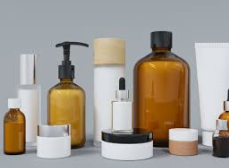
-
Flexible MOQs: We support startups and global brands alike, offering low minimum order quantities to accommodate every stage of growth.
-
Customization: Our in-house design team and 30,000+ mold library empower you to create unique shapes, colors, and finishes that embody your brand vision.
-
Quality Assurance: Every batch is rigorously tested for leak-proof performance, print precision, and regulatory compliance (FDA, ISO, SGS certified).
-
Sustainability: We prioritize eco-friendly materials, including recycled glass, PCR plastics, and biodegradable options, helping you meet both regulatory and consumer expectations.
-
Global Export: With robust logistics and DDP service, we ensure timely delivery and hassle-free customs clearance for clients in the US, Europe, Australia, and beyond.
-
End-to-End Service: From concept to prototype to mass production, our team guides you through every step, minimizing communication costs and accelerating time-to-market.
As your pcr bottle oem, PauPack Bottles is committed to solving the pain points that plague many B2B buyers—sample delays, inflexible MOQs, leaky closures, and inconsistent print quality. Our mission is to make your packaging journey seamless, reliable, and tailored to your brand’s ambitions.
4.Packaging Material Selection: Glass, Plastic, and Beyond
The choice of packaging material has far-reaching implications for product safety, shelf life, cost, and brand positioning. Glass is often seen as a premium, eco-friendly option—100% recyclable, chemically inert, and ideal for high-end skincare and fragrance products. However, it’s heavier and more fragile, which can drive up shipping costs and risk breakage.
Plastic, on the other hand, is lightweight, shatter-resistant, and cost-effective. Advances in sustainable plastics—such as biodegradable PLA, PCR (post-consumer recycled) PET, and bio-based resins—are helping brands reduce their environmental footprint. When choosing plastic, consider the type (PET, HDPE, LDPE, etc.), recyclability, and compatibility with your product formula.
Aluminum, bamboo, and paperboard are also gaining traction, especially for brands prioritizing sustainability and differentiation. Each material has unique pros and cons; the key is to balance performance, cost, and consumer appeal.
5.Packaging Functionality: Protection, Dispensing, and User Experience
Cosmetic packaging must do more than look good—it needs to protect the product, ensure safety, and deliver a seamless user experience. Consider the following:
-
Barrier Properties: Does the packaging shield the contents from light, air, and moisture, preserving efficacy and shelf life?
-
Dispensing Mechanism: Pumps, droppers, sprays, and squeeze tubes each offer unique benefits. Choose a mechanism that matches the product’s viscosity and intended use.
-
Leak-Proof Design: Poor sealing can lead to leaks, spills, and customer complaints. Rigorous testing is essential.
-
Ergonomics: Is the packaging comfortable to hold, open, and use? Does it fit easily into a purse or travel bag?
-
Reusability: Can the packaging be refilled or repurposed, adding value for eco-conscious consumers?
At PauPack, we engineer every detail—from cap fit to pump performance—to ensure your products arrive intact and deliver a delightful experience every time.
6.Regulatory Compliance and Labeling
Cosmetic packaging must comply with a complex web of regulations, including ingredient disclosure, safety warnings, and country-specific labeling requirements. In the US, the FDA oversees cosmetic labeling, while the EU has its own stringent standards.
Key considerations include:
-
Accurate ingredient lists and allergen declarations
-
Batch codes and expiration dates for traceability
-
Claims substantiation (e.g., “hypoallergenic,” “organic”)
-
Language requirements for international markets
Non-compliance can lead to costly recalls, fines, and damaged reputation. Partnering with an experienced packaging supplier like PauPack ensures your products meet all regulatory requirements, wherever you sell.
7.Sustainability: Meeting Eco-Conscious Consumer Demands
Sustainability is no longer optional—it’s an expectation. Consumers are actively seeking brands that use recycled, recyclable, or biodegradable packaging. This shift is driving innovation in materials, design, and supply chain practices.
Consider:
-
PCR plastics and recycled glass to minimize virgin material use
-
Lightweighting to reduce shipping emissions
-
Refillable and reusable designs to extend product life
-
Minimalist packaging to cut waste
PauPack Bottles is at the forefront of sustainable packaging, offering a range of eco-friendly solutions and transparent supply chain practices. By choosing sustainable packaging, you not only reduce your environmental impact but also enhance brand loyalty and open doors to green certifications and retail partnerships.
8.Cost Management and Budget Optimization
Balancing quality and cost is a perennial challenge in cosmetic packaging. Premium materials and complex designs can elevate your brand but may not be feasible for every product line. Consider the total cost of ownership, including:
-
Material and production costs
-
Custom mold fees for unique shapes
-
Printing and decoration expenses
-
Shipping and logistics
-
Inventory management
Work with your supplier to explore cost-saving options, such as standardized components, bulk ordering, or modular packaging systems. At PauPack, we help clients find the sweet spot between budget and brand impact, ensuring you get the most value from every dollar spent.
9.Packaging Consistency Across Product Lines
Consistency is key to building a recognizable and trusted brand. Ensure that your packaging elements—colors, fonts, materials, and finishes—are harmonized across your entire product portfolio. This creates a cohesive shelf presence and reinforces your brand identity.
Develop brand guidelines for packaging and share them with all stakeholders, from designers to suppliers. Regularly review your packaging lineup to ensure new launches align with your established look and feel.
10.Customization and Differentiation
In a crowded market, customization is a powerful tool for standing out. Unique bottle shapes, embossing, metallic accents, and limited-edition designs can create excitement and drive sales. At PauPack, our extensive mold library and advanced decoration techniques—screen printing, hot stamping, spray coating—enable you to bring your creative vision to life.
Customization isn’t just about aesthetics; it’s about creating a memorable unboxing experience and forging an emotional connection with your customers.
11.Transportation, Logistics, and Supply Chain Reliability
Packaging must withstand the rigors of global shipping—temperature changes, vibration, stacking, and handling. Choose materials and designs that protect your products in transit and minimize breakage. Lightweight packaging can reduce freight costs, but durability should never be compromised.
Work closely with your supplier to coordinate shipping schedules, manage inventory, and ensure on-time delivery. PauPack Bottles offers global logistics support and DDP solutions, so you can focus on growing your brand while we handle the supply chain complexities.
12.Health and Safety Considerations
Cosmetic packaging must be safe for both the product and the end user. Ensure all materials are non-toxic, hypoallergenic, and compatible with your formulations. For products aimed at children or containing active ingredients, child-resistant closures and tamper-evident seals may be required.
Conduct thorough compatibility and migration testing to prevent adverse reactions or contamination. PauPack Bottles adheres to strict quality control protocols, giving you peace of mind that your products are protected from manufacturing to end use.
13.Packaging Flexibility and Scalability
As your brand grows, your packaging needs may evolve. Choose packaging solutions that can scale with your business—modular designs, adjustable sizes, and flexible production runs. This agility allows you to respond quickly to market trends, seasonal launches, and customer feedback.
At PauPack, we offer scalable solutions and rapid prototyping, so you can test new ideas without committing to large inventories or long lead times.
14.Typography and Visual Communication
Typography is more than just a font—it’s a key element of your brand’s visual language. Choose typefaces that are legible, on-brand, and appropriate for your target market. Use hierarchy and spacing to guide the consumer’s eye and highlight important information.
Effective typography enhances shelf impact, communicates product benefits, and reinforces your brand personality.
15.The Power of Storytelling Through Packaging
Finally, remember that packaging is a storytelling tool. Use every surface—outer box, inner liner, label—to share your brand’s mission, product benefits, and usage tips. QR codes, augmented reality, and interactive elements can deepen engagement and turn every purchase into an experience.
At PauPack Bottles, we help brands craft packaging that tells a compelling story, builds emotional connections, and inspires loyalty.
Conclusion
Cosmetic packaging is a complex, multi-faceted discipline that blends art, science, and strategy. By considering these 15 factors, you can create packaging that not only protects and presents your products but also elevates your brand, delights your customers, and drives sustainable growth.
At PauPack Bottles, we’re more than a packaging supplier—we’re your strategic partner in innovation, quality, and global expansion. Ready to transform your cosmetic packaging? Explore our custom solutions and let’s build your brand’s future together.





![Top 10 Child Resistant Packaging OEM Suppliers in the World [2025 Updated]](https://ptwebimg.pinshop.com/i/2025/06/03/12ia6eq-3.jpg)
